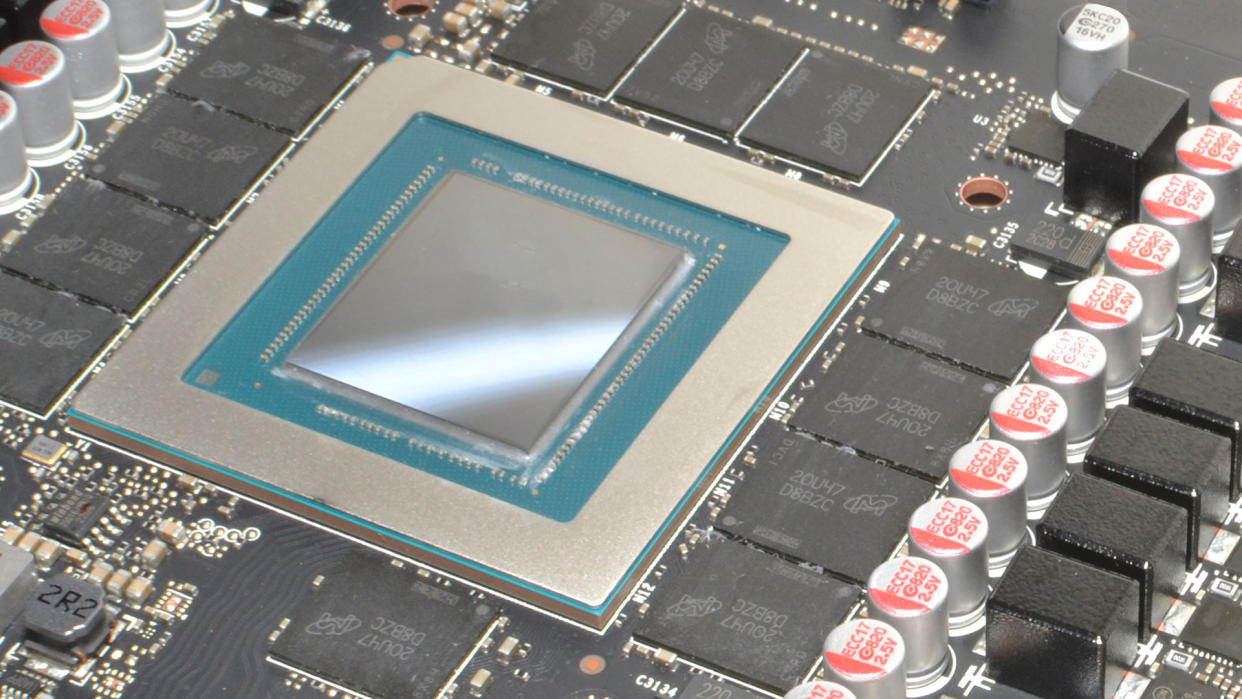GDDR7 graphics memory standard published by JEDEC — Next-gen GPUs to get up to 192 GB/s of bandwidth per device

JEDEC has published the specification for the GDDR7 memory standard — next-generation memory that will be used for graphics cards — and AMD, Micron, Nvidia, Samsung, and SK hynix have all weighed in on the matter. We anticipate GDDR7 will be the memory of choice for high-end RDNA 4 and Blackwell GPUs, which are rumored to launch next year and vie for a spot on our list of the best graphics cards.
It has been nearly six years since the first graphics cards began supporting GDDR6 memory. That was Nvidia's RTX 20-series Turing architecture, which launched in September, 2018. The first RTX 2080 and RTX 2080 Ti GPUs with GDDR6 had the memory clocked at 14 Gbps (14 GT/s), providing 56 GB/s per device. Later solutions like AMD's RX 7900 XTX have clocked as high as 20 Gbps, with 80 GB/s.
Nvidia helped to create a faster alternative in GDDR6X, which started at 19 Gbps in the RTX 3080, and eventually went as high as 23 Gbps in the most recent RTX 4080 Super. Officially, Micron rates its GDDR6X chips as high as 24 Gbps, which would yield 96 GB/s per device.
GDDR7 is set to provide a massive generational increase in bandwidth. JEDEC's specification will eventually reach as high as 192 GB/s per device. That works out to a memory speed of 48 Gbps, double the fastest GDDR6X. It gets to that speed in a different way than prior memory solutions, however.
GDDR7 will use three levels of signaling (-1, 0, +1) to transmit three bits of data per two cycles, aka PAM3 signaling. That's a change from the NRZ (non-return-to-zero) signaling used in GDDR6, which transmits two bits over two cycles. That change alone accounts for a 50% improvement in data transmit efficiency, meaning the base clocks don't have to be twice as high as GDDR6. Other changes include the use of core independent linear-feedback shift register training patterns to improve accuracy and reduce the training time, and GDDR7 will have double the number of independent channels (four versus two in GDDR6).
None of this is new information, and Samsung revealed many of the key GDDR7 details last July. However, the publication of the JEDEC standard marks a key milestone and suggests the public availability and use of GDDR7 solutions is imminent — relatively speaking.
Nvidia's next-generation Blackwell architecture is expected to use GDDR7 when it launches. We will likely get a data center version of Blackwell in late 2024, but that will use HBM3E memory instead of GDDR7. The consumer-level products will most likely arrive in early 2025, and as usual, there will be professional and data center variants of those parts. AMD is also working on RDNA 4, and we expect it will also use GDDR7 — though don't be surprised if lower-tier parts from both companies still opt to stick with GDDR6 for cost reasons.
In either case, AMD or Nvidia, using GDDR7 at the highest speeds would potentially provide for up to 2,304 GB/s of bandwidth using today's widest 384-bit interfaces. Will we actually see such bandwidth? Perhaps not, as for example Nvidia's RTX 40-series GPUs with GDDR6X all use slightly lower than maximum clocks. Still, we could easily see double the bandwidth with the upcoming architectures.
When will those actually arrive? We're not ruling out a potential late-2024 launch. Nvidia's RTX 30-series launched in the fall of 2020, and the RTX 40-series came out in the fall of 2022. AMD's RX 6000-series likewise launched in late 2020, with the RX 7000-series arriving in late 2022. If both keep to the same two-year cadence, we could see GDDR7 graphics cards before the end of the year. But don't get your hopes up, as we still feel early 2025 is more likely.

